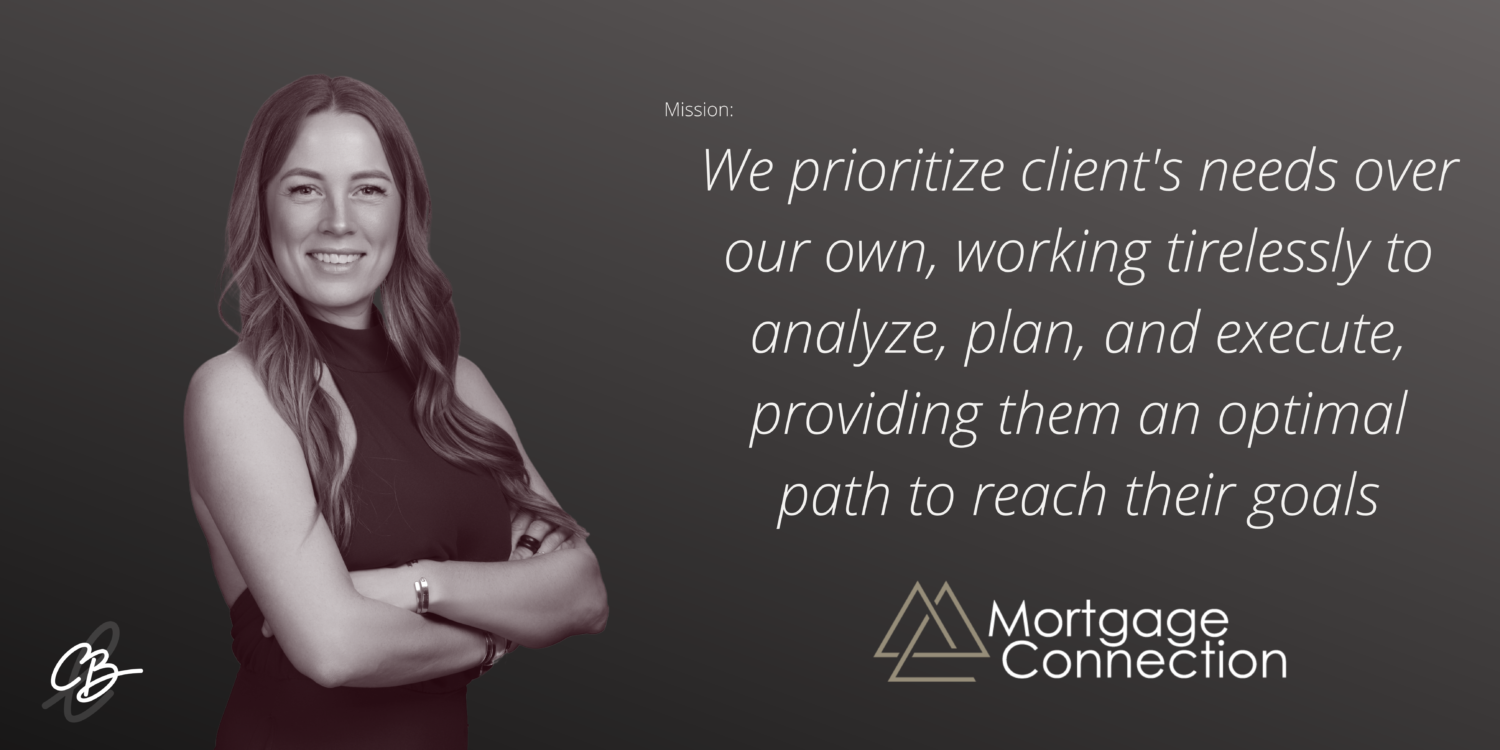Why I Didn’t Post Last Month (And Why That’s Okay)
Last month, my blog went quiet.
It wasn’t because I forgot, ran out of ideas, or didn’t care. It was Stampede season in Calgary, the most wonderful time of the year. Life was moving at full tilt, and truthfully, I was burnt out.
And here’s the thing: I didn’t want to post just to post.
Everything I share here has a purpose. Every decision, whether in business, in life, or in your finances, should be planned, reviewed, and executed with intention. Doing something simply for the sake of “keeping up” rarely serves you in the long run.
Pay Yourself First — In Every Sense
Warren Buffett famously said, “Do not save what is left after spending, but spend what is left after saving.”
It’s the core of “pay yourself first”, and it applies to more than just money.
Financially
The idea is simple: before you pay bills, buy groceries, or book your next vacation, you set aside a portion of every paycheque for yourself.
That could be a savings account, an RRSP, a TFSA, or investments that build your wealth over time.
Other notable voices echo this strategy:
-
George Clason (The Richest Man in Babylon) recommended saving at least 10% of everything you earn before spending on anything else.
-
David Bach (The Automatic Millionaire) encouraged automating transfers so the decision is made for you, because willpower alone is unreliable.
Even if it’s 5%, 10%, or $50 per paycheque, the habit matters more than the number. Over time, the compounding effect turns small steps into big results.
Physically
“Paying yourself first” also means giving your body what it needs before giving your energy away to everything else.
That could be:
-
Taking a morning walk or run before checking emails
-
Making time for a proper breakfast instead of rushing out the door
-
Scheduling workouts like appointments you can’t skip
Emotionally
Sometimes “pay yourself first” means time, not money.
It’s calling a friend, spending an afternoon with your kids, or taking a quiet hour to read. Or, my personal favourite, sitting around the kitchen table with my parents, howling at the moon and sharing the same stories we’ve told 100 times before.
A Rainy Season, A Different Kind of Reset
This year, summer in Alberta barely showed up. The rain was relentless, the sunny days were rare, and patio season felt like a blink-and-you-missed-it moment.
But here’s the upside: when you don’t get much summer, you appreciate every good-weather day even more.
I’m hopeful that warm, sunny days will carry us into November, giving us a bonus season to get outside, soak up the light, and reset before the year-end push.
Plan Now, Win Later — The Fall Market Is Coming
The fall real estate market often gets overlooked because spring gets all the attention, but September through November can be one of the most strategic times to buy, sell, or refinance. Here’s why:
-
Serious Buyers and Sellers
The casual browsers are gone. People in the market now are motivated, often looking to move before the snow hits or close deals before year-end.
-
Less Competition, More Opportunity
With fewer listings than spring, your home can stand out more. Buyers might face less bidding-war pressure, and sellers may meet more qualified offers.
-
Investor Moves
Many investors look to secure properties before December to lock in tax advantages for the current year.
-
Year-End Motivation
Life changes, job relocations, school schedules, family needs, often prompt quick decisions before the holidays.
By taking August to plan, you can enter the fall market with a clear head, a well-prepared strategy, and the energy to take decisive action. For many people, September feels like the real start of the year, kids are back in school, routines reset, and momentum builds again. Whether your next step is buying, selling, or simply reviewing your mortgage, preparation now means execution later is far smoother.
Your Turn:
How will you “pay yourself first” as we head into what might be the nicest stretch of weather all year, and the most overlooked opportunity in the real estate market?
